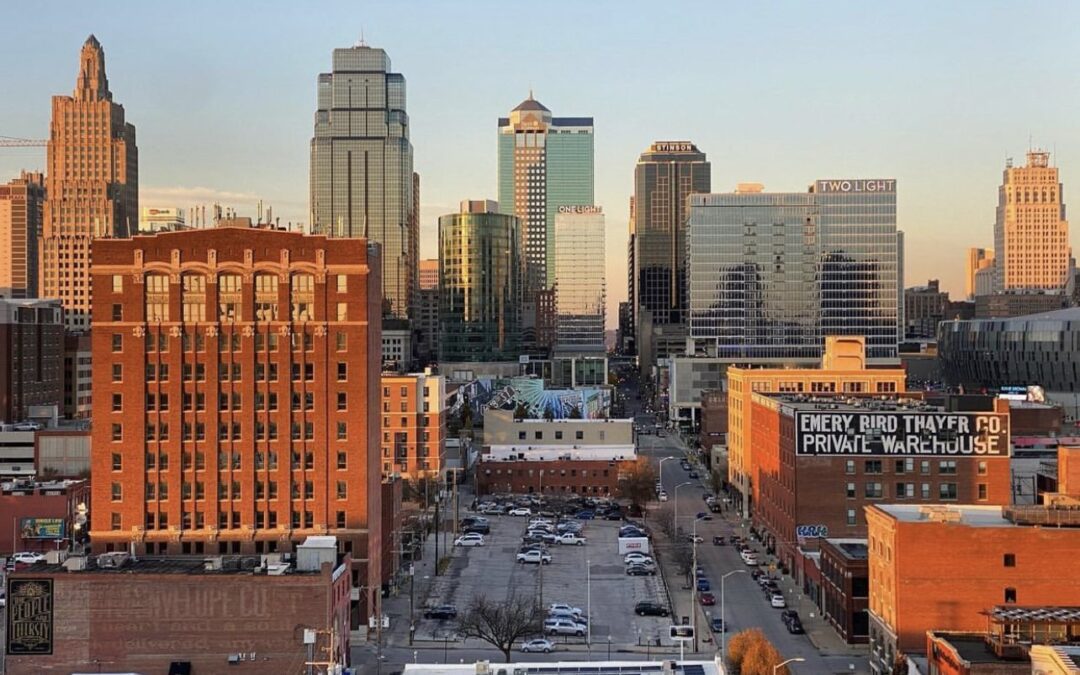Built with data from KCMO’s official codes, zoning overlays, and real floodplain regs
🛠️ Building in KC Isn’t Like Everywhere Else
- Kansas City property owners face unique construction risks due to overlapping jurisdiction (KCMO, NKC, airport overlays), highly specific permitting processes, and an active floodplain map that keeps changing.
- This guide outlines the top mistakes developers make — and how to avoid costly missteps, permitting delays, or regulatory shutdowns.
Mistake #1:

Building in a Floodplain Without Doing the Math
Why It Happens:
Owners rely on FEMA maps or basic zoning checks without considering floodway changes, AO/AH zones, or KC-specific permit rules.
Local Details:
- North KC & KCMO both require floodplain development permits — even if flood zone data is ambiguous.
- The regulatory floodway allows 0 feet of increased water surface elevation (per KCMO & NKC code).
- North KC requires structures in AO zones to be elevated at least 2 feet above grade, and one foot above base flood elevation (BFE) for AE zones.
How to Avoid It:
- Cross-check FEMA FIRM panels with KCMO’s own floodplain map updates
- Get a current topographical survey and submit for floodplain development permit before architectural design
- Build in flood-resistant materials and elevate MEP equipment per Chapter 15.48 of NKC code
Mistake #2: Underestimating Permitting & Public Hearing Delays

Why It Happens:
Owners don’t account for pre-app meetings, CPC calendar cycles, advertising windows, or multiple layer approvals (KCMO + Airport + Streetcar + Overlay Districts).
Local Details:
- Projects needing rezoning, special use permits, or site plan approvals require public notice and CPC review (minimum 4–6 weeks)
- Pre-application meetings are mandatory for major commercial projects
- Airport height limits apply near both KCI and Downtown — even miles away
How to Avoid It:
- Start with a Development Review Committee (DRC) meeting before any formal submittal
- Use the KCMO Development Guide timeline chart to map critical path
- Work backwards from CPC hearing dates to submit early enough
Mistake #3: Ignoring Kansas City’s Overlay Zoning Rules

Why It Happens:
Owners pull base zoning but miss the fact that they’re also in a Special Character District, Main Street Overlay, or historic design overlay that changes the rules.
Local Details:
- The 88-255 code section governs Crossroads, 18th & Vine, Westport, and Armour overlays
- These overlays can restrict facade changes, building materials, parking configurations, and signage
- Special approval may be needed from the Landmarks Commission or overlay-specific design committees
How to Avoid It:
- Confirm both base zoning and overlay district status using KCMO GIS zoning maps
- Request early consultation with Planning & Urban Design if you’re in a design review overlay
- Submit design drawings that meet overlay-specific guidelines (or be prepared for revisions)
Mistake #4: Skipping a Detailed Site Investigation (Soils, Drainage, Utilities)

Why It Happens:
Developers rush to submit building plans without verifying conditions that impact foundation design, drainage permits, or connection points for water, gas, and sewer.
Local Details:
- KC clay soils are expansive and prone to heaving, especially in Northland and eastern KCMO
- Stormwater plans must meet Chapter 15.52 (Stormwater Standards) and include erosion control
- Public infrastructure permits (water, sewer, street cuts) are separate from building permits
How to Avoid It:
- Get a geotechnical report before structural design begins
- Confirm utility tap locations and coordinate with KC Water
- Include erosion and sediment control in your site disturbance permit
Mistake #5: Using Out-of-Town GCs Who Don’t Know Local Code

Why It Happens:
Property owners hire a GC based on bid price or reputation without confirming their KC-specific experience.
Local Details:
- KCMO and NKC both use 2018 IBC with amendments — not everyone knows the local exceptions
- NKC requires specific floodproofing documentation, anchoring specs, and floodplain variance criteria
- Some local codes are more restrictive than state or national guidelines (e.g., accessory structures in flood zones must be wet-floodproofed and under 400 SF)
How to Avoid It:
- Ask GCs: “What projects have you permitted in KCMO/NKC in the last 24 months?”
- Require them to submit their floodplain documentation process during preconstruction
- Use the KCMO permit checklist + request copies of approved permit sets from similar jobs
✅ Build Smart, Build Local

Avoiding these construction mistakes means more than checking boxes — it means understanding how Kansas City’s unique codes, geography, and timelines interact. When in doubt, start early, ask the right questions, and partner with professionals who know the region inside and out. Looking for a building contractor you can trust? Reach out to us at MAR Building Solutions!


